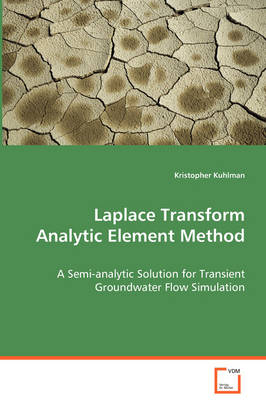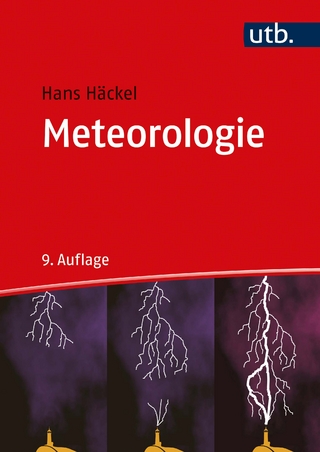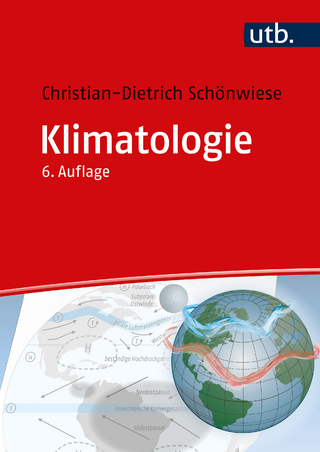
Laplace Transform Analytic Element Method
A Semi-analytic Solution for Transient GroundwaterFlow Simulation
Seiten
2008
VDM Verlag Dr. Müller e.K.
978-3-639-07431-4 (ISBN)
VDM Verlag Dr. Müller e.K.
978-3-639-07431-4 (ISBN)
- Titel ist leider vergriffen;
keine Neuauflage - Artikel merken
The Laplace transform analytic element method(LT-AEM), applies the traditionally steady-stateanalytic element method (AEM) to theLaplace-transformed diffusion equation (Furman andNeuman, 2003). This strategy preserves the accuracyand elegance of the AEM while extending the method totransient phenomena. The approach taken hereutilizes eigenfunction expansion to derive analyticsolutions to the modified Helmholtz equation, thenback-transforms the LT-AEM results with a numericalinverse Laplace transform algorithm. Thetwo-dimensional elements derived here include thepoint, circle, line segment, ellipse, and infiniteline, corresponding to polar, elliptical andCartesian coordinates. Each element is derived forthe simplest useful case, an impulse response due toa confined, transient, single-aquifer source. Theextension of these elements to include effects due toleaky, unconfined, multi-aquifer, wellbore storage,and inertia is shown for a few simple elements (pointand line), with ready extension to other elements.General temporal behavior is achieved usingconvolution between these impulse and general timefunctions; convolution allows the spatial andtemporal components of an element to be handledindependently. The Laplace transform analytic element method(LT-AEM), applies the traditionally steady-stateanalytic element method (AEM) to theLaplace-transformed diffusion equation (Furman andNeuman, 2003). This strategy preserves the accuracyand elegance of the AEM while extending the method totransient phenomena. The approach taken hereutilizes eigenfunction expansion to derive analyticsolutions to the modified Helmholtz equation, thenback-transforms the LT-AEM results with a numericalinverse Laplace transform algorithm. Thetwo-dimensional elements derived here include thepoint, circle, line segment, ellipse, and infiniteline, corresponding to polar, elliptical andCartesian coordinates. Each element is derived forthe simplest useful case, an impulse response due toa confined, transient, single-aquifer source. Theextension of these elements to include effects due toleaky, unconfined, multi-aquifer, wellbore storage,and inertia is shown for a few simple elements (pointand line), with ready extension to other elements.General temporal behavior is achieved usingconvolution between these impulse and general timefunctions; convolution allows the spatial andtemporal components of an element to be handledindependently.
Kuhlman Kristopher Kris obtained a BS degree in Geological Engineering from ColoradoSchool of Mines. He worked for the hydrological consulting firmGEOSCIENCE Support Services in Los Angeles before obtaining hisPhD in Hydrology from the University of Arizona, under theadvisement of Shlomo P. Neuman. Kris now works at SandiaNational Laboratories.
| Sprache | englisch |
|---|---|
| Maße | 150 x 10 mm |
| Gewicht | 238 g |
| Themenwelt | Naturwissenschaften ► Geowissenschaften ► Allgemeines / Lexika |
| Naturwissenschaften ► Geowissenschaften ► Geologie | |
| ISBN-10 | 3-639-07431-9 / 3639074319 |
| ISBN-13 | 978-3-639-07431-4 / 9783639074314 |
| Zustand | Neuware |
| Informationen gemäß Produktsicherheitsverordnung (GPSR) | |
| Haben Sie eine Frage zum Produkt? |
Mehr entdecken
aus dem Bereich
aus dem Bereich
Physische Geographie und Humangeographie
Buch | Hardcover (2020)
Springer (Verlag)
109,99 €


